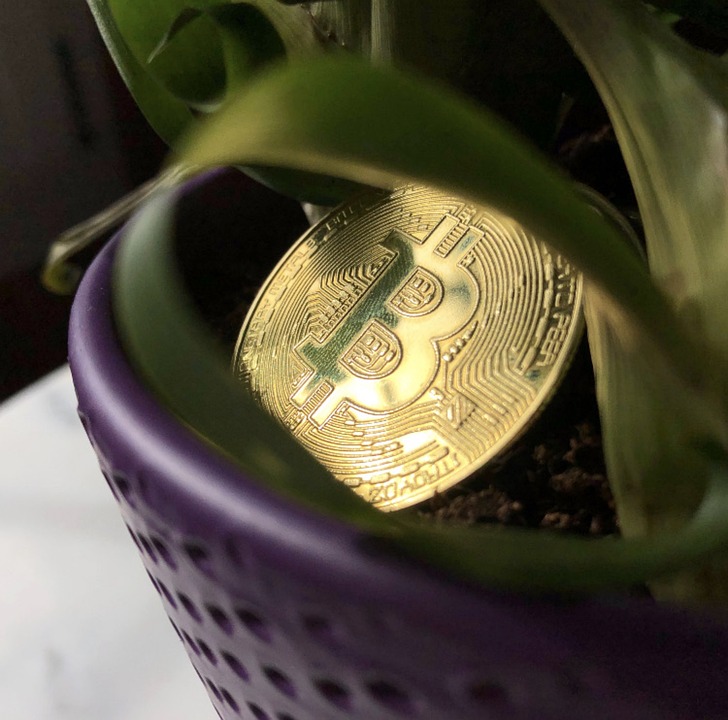Bitcoin, the flagship cryptocurrency, has captivated the attention of investors, traders, and the general public since its inception in 2009. Its meteoric rise in price, dramatic fluctuations, and sheer volatility have motivated countless individuals to partake in trading this digital asset. However, beneath the surface of price charts lies a complex tapestry of human emotions, psychology, and behavioral economics that drive market movements. Understanding the psychology of Bitcoin trading is essential for making informed decisions and navigating the wild landscape of cryptocurrency markets.
The Emotional Rollercoaster of Trading
Bitcoin trading is not merely an exercise in technical analysis; it is an emotional rollercoaster that elicits strong responses from traders. These emotions, often driven by fear, greed, and uncertainty, can heavily influence trading behavior and market dynamics.
Fear of Missing Out (FOMO)
FOMO is a powerful emotion that can cause traders to make impulsive decisions. In a bull market, when Bitcoin’s price begins to surge, the fear of missing out can lead to irrational buying. Traders rush into the market, often at inflated prices, assuming that the upward trend will continue. This behavior can create a self-reinforcing cycle, driving prices even higher and attracting more traders.
Panic Selling
Conversely, fear also manifests in the form of panic selling. During significant price declines or market corrections, traders may find themselves succumbing to anxiety and fear, leading them to sell their holdings at a loss. Panic selling not only exacerbates the price drop but also undermines the confidence of remaining market participants, creating an environment ripe for further declines.
Overconfidence
Another psychological factor that can influence Bitcoin trading is overconfidence. Many traders, especially those who experience early successes, may develop an inflated sense of their trading abilities. This overconfidence can lead to increased risk-taking, poor decision-making, and ultimately significant financial losses when market conditions shift unfavorably.
Understanding Market Sentiment Through Price Charts
Price charts are invaluable tools for traders, not only for analyzing historical trends but also for gauging market sentiment. Patterns and signals observed in these charts can reveal the emotions and behaviors of market participants.
Support and Resistance Levels
Support and resistance levels are fundamental concepts in technical analysis. A support level represents a price point where buying interest is strong enough to prevent the price from falling further, while a resistance level indicates where selling interest outweighs buying pressure. Traders often trade near these levels—influenced by the collective psychology of fear (not wanting to miss a potential upside) and greed (wanting to capitalize on upward trends). Observing these levels can provide insights into market sentiment and potential reversals.
Candlestick Patterns
Candlestick charts, which depict price movement over specific time frames, are critical for understanding market sentiment. Various candlestick patterns, such as dojis, hammers, and engulfing patterns, can serve as indicators of potential reversals or continuations. Each of these patterns reflects the emotions of buyers and sellers at different times, highlighting periods of indecision, strength, or weakness in the market.
Volume Analysis
Volume, the number of shares traded during a specific period, is another crucial element in price analysis. High volume often signifies strong conviction from traders about price movements. A price rise accompanied by substantial volume may indicate a widespread bullish sentiment, while volume spikes during declines might reflect panic selling or capitulation—an essential signal for traders to assess market strength or vulnerability.
The Role of Social Media and Community Sentiment
In the age of information, social media and online communities play a significant role in influencing the psychology of Bitcoin trading. Platforms like Twitter, Reddit, and Telegram have become breeding grounds for discussions, opinions, and rumors about market trends. The sentiment expressed in these channels can affect trading behavior and cause dramatic price movements.
Bandwagon Trading
The "herd mentality" is prevalent in financial markets, and Bitcoin trading is no exception. Traders often take cues from popular opinions or trending conversations, leading to bandwagon trading. When a renowned figure announces a bullish outlook on Bitcoin, for example, it can trigger a wave of buy orders, amplifying the price rise. Conversely, negative news or pessimistic sentiment can swiftly lead to sell-offs.
Information Overload and Cognitive Bias
The abundance of information available can also lead to cognitive biases. Traders may fall victim to confirmation bias, seeking information that aligns with their existing beliefs about Bitcoin’s trajectory, while disregarding contrary evidence. This selective perception can reinforce existing trading strategies, even in the face of market realities.
Conclusion
The psychology of Bitcoin trading is a multifaceted phenomenon influenced by emotions, behavioral economics, and market sentiment. Traders must be aware of the psychological factors underpinning their trading decisions and the broader market. By integrating insights gleaned from price charts with an understanding of psychological dynamics, investors can cultivate a more disciplined, informed approach to Bitcoin trading.
As the cryptocurrency market continues to evolve, so too will the behavioral patterns of its participants. For those navigating this complex landscape, the key lies in balancing emotional responses with rational analysis, thereby safeguarding against the psychological pitfalls that can lead to poor trading outcomes. Understanding the psychological forces at play in Bitcoin trading not only enhances trading performance but also contributes to a more stable and informed market environment.


